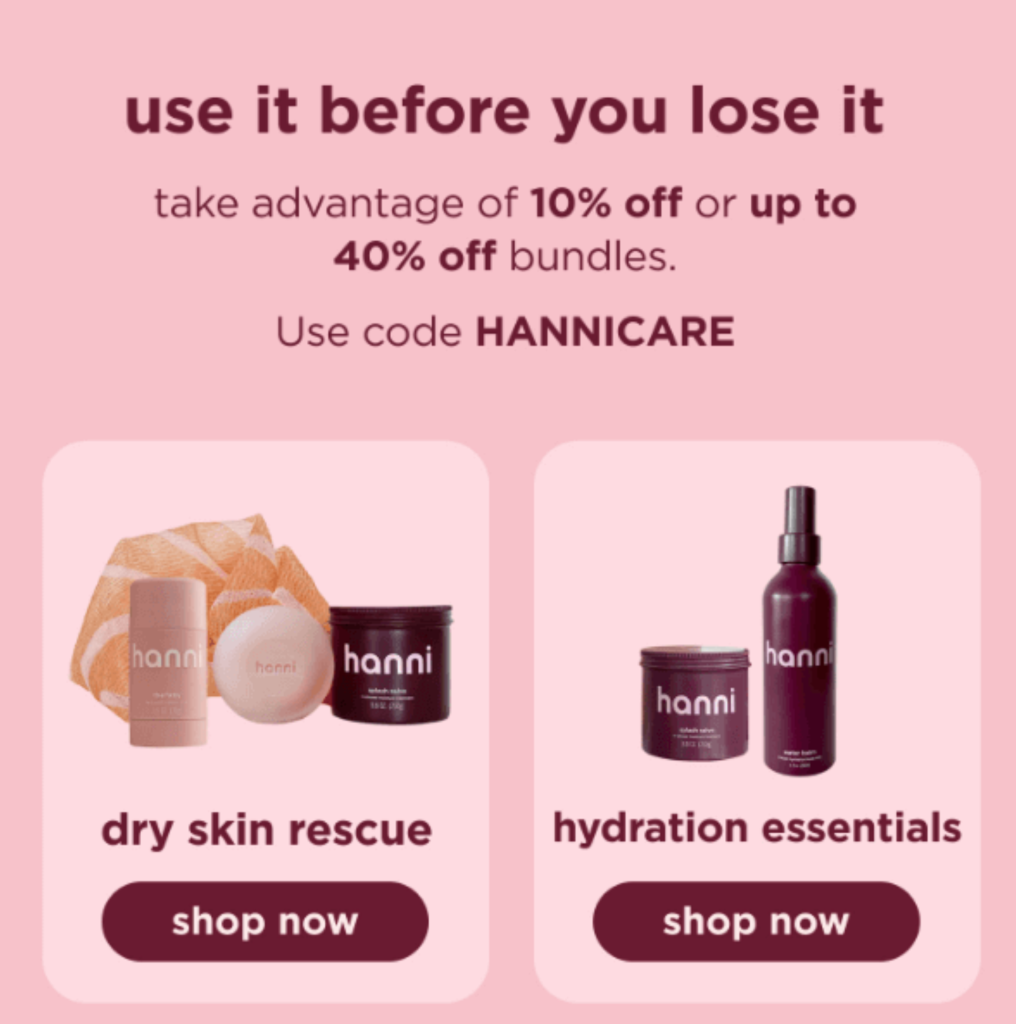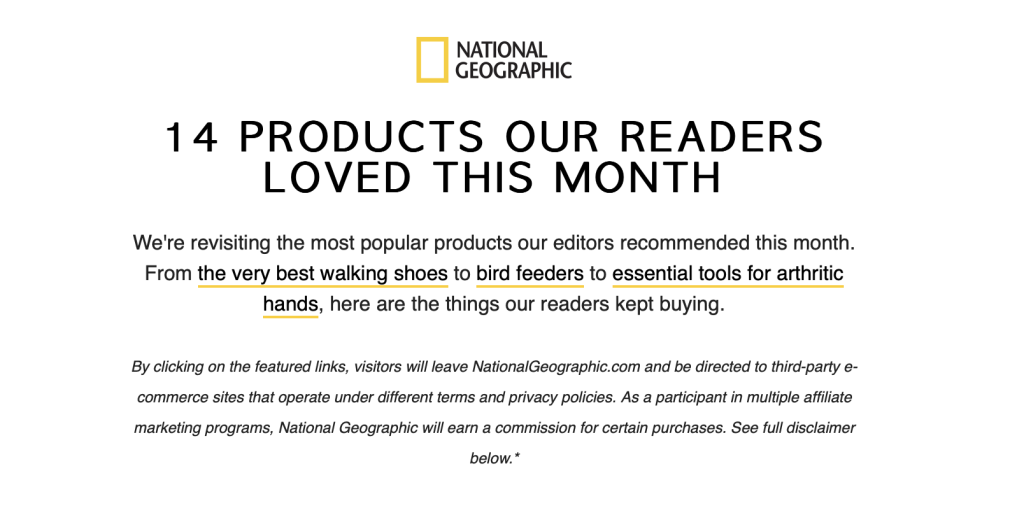- Home
- Email Tips and Tricks
- Cross-Sell Email Examples & ...

Cross-selling is a way to recommend to the customer additional goods or services that may be associated with the client’s main purchase.
The method, however, allows the seller to achieve more than one goal. First, it increases the amount a customer spends on a single purchase. It also boosts overall sales and consolidates customer loyalty. By offering goods and services that a customer may have been unaware of or just forgotten, cross-sells enrich the customer experience. Cross-sells may also reduce the seller’s marketing budget as it is easier to sell to existing customers than to new ones.
Let’s see in detail how this marketing tool works. The primary engine in cross-selling is cross-sell emails.
What Is a Cross-Sell Email?
A cross-sell email is an offer of complementary or related products and services to a prospective or existing customer that are already purchased or are in the cart. Let’s imagine you are buying a new smartphone. You may see offers of earphones, charging stations, bumpers, covers, and other accessories.
Chances are you may be tempted to splurge on those extras since you are already in the buying mode. This process, known as cross-selling, helps the seller organically meet the goal of selling more than just one item. The goal is very practical: to increase the average order value.
Benefits of Cross-Sell Emails
Cross-sell emailing is a powerful tool that boosts both sales and engagement, leading to stronger client relationships and revenue growth. Among cross-sell benefits are:
- Increased sales: By offering relevant and related products, cross-sell emails have the potential to turn a single purchase into a shopping binge.
- Enhanced customer loyalty: Customized recommendations foster customer loyalty by demonstrating your understanding of their needs. That may even be flattering to a customer’s ego.
- Increased engagement: A well-worded email grabs attention, inciting recipients to explore a broader scope of goods and services on offer and make repeat purchases.
- Upselling opportunities: As an important side effect, cross-sell emails can motivate customers to go for pricier products.
- Personalized experience: A personalized approach to customers in the form of tailored recommendations enhances the overall customer experience. After all, you feel special when treated exclusively!
- Competitive edge: As cross-sell emails demonstrate that you understand customer needs, that sets you apart from the competition.
Strategies for Effective Cross-Sell Emailing
Bear with us for a few more minutes as we are going to briefly walk you through the five most efficient strategies for an effective cross-sell emailing campaign.
Product bundles with exclusive discounts
This strategy is built upon our natural craving for exclusivity and paying less for more. Product bundles have proven to be a highly effective cross-sell tool, though challenging from the point of view of logistics. For some brands, they are known to take up to 40% of email sales.
Among key strategies in this sector are the integration of bundles into welcome flows, post-purchase emails, and holiday campaigns. Without resorting to aggressive discounting, bundles help increase the average order value and lower customer acquisition costs. To make bundle promotions a profitable email strategy, it is crucial to position bundles as valuable offers, segment your audience, and keep communications clear and simple.

Bundles differ. There are pure bundles to increase sales of slow-moving items; mixed bundles, mainly for gifts; buy-more-pay-less bundles that offer major discounts on bulk purchases; seasonal, subscription, clearance bundles, and more.
Urgent, limited-time offers
By accounting for the basics of human psychology, one can improve the sales performance greatly. The sense of urgency, the fear of missing out, a.k.a. FOMO, is what turns limited-time offers into a powerful tool encouraging customers to make a purchase.
A classic example is the famous Amazon Prime Day, when the online giant offers exclusive discounts that lead to increased sales and attract new customers. Here is an example of the autumn sale by Getaway.

Recommending upgrades and accessories
Suggesting complementary products or upgrades to enhance the initial purchase is the next way to enhance your AOV (“average order value”). Let’s say you are a yoga freak looking for a yoga studio near you and are in need of a yoga mat. Once you are in the browsing mode for that mat, it would be opportune to offer you such contraptions as straps and blocks, a mat wash, bags and slings, etc.
Replenishment reminders
Those are safe bets. Once you have purchased something like a razor handle, you will need replacement blades; a water filter purchase will result in the regular restocking on replacement filters; an electric toothbrush will call for a set of brush heads; a printer will run out of cartridges; a coffee machine will make you hooked on the regular supply of coffee pods or beans; and diapers will nicely fit in as a cross-sell with a diaper bag. Opportunities for cross-selling this product category are endless.
Incorporating social proof
There is a psychological phenomenon that manifests in human beings acting and making choices based on the thoughts and actions of others. It’s one of the cornerstones of the science of persuasion, an offshoot of social psychology. In other words, there is nothing more credible than the other people’s stories, the endorsements and approvals of brands, goods, and services from the people we trust.
So, as keeping up with the Joneses is in the human nature, by incorporating social proof in your emails—be it the form of testimonials, user-generated content (UGC), or just “likes”—you not only build trust with your audience but also add a much-needed human touch to your email campaigns. Against the snowballing AI presence in the marketing content, adding the human touch aspect is getting incredibly important.

Tips for crafting effective cross-sell emails
Here are a few tips you may find useful when working on cross-sell emails.
- Make them personal: To this end, tailor recommendations based on customer preferences and purchase history. Base the content on the customer’s purchase or browsing history. The more personalized your email is, the stronger the relationship between the brand/product you are selling and the customer.
- Use compelling subject lines: Catchy subject lines are key to making readers open the email. Come up with a subject line that would encourage the reader to open the email. Phrases like “We have something special for you,” “Give yourself a present,” and “You already bought this [product name]. How about adding this to your collection?” are just a few examples. The pattern is rather clear.
- Clear CTA: Include a clear-cut call to action to guide the reader. Check out real-life CTA examples from the article Call to Action (CTA) Examples in Marketing Emails.
- Engaging content: Use convincing copywriting and powerful visuals to highlight the benefits of products and services you recommend. Add a language that would underscore the sense of urgency, such as limited-time offers or discounts, to speed up the customer’s decision-making. Also, use clear and compelling images accompanied by concise descriptions that would showcase the added utility of further purchases.
- Strategic timing: Make sure you send your emails at the right time, such as after the purchase or when dropping new products. Here’s our research on the best time to send marketing emails: The Best Time to Send Marketing Emails: Insights for Higher Conversion in 2024.
To Sum Up
Long story short, cross-sell emails are a powerful tool for increasing sales, enhancing customer loyalty, and fostering a personalized shopping experience. By using a combination of cross-sell strategies, businesses get to increase both their average order value, which is a key sales metric, and the overall sales revenue, the business’s bottom line. By offering products and services that complement a customer’s recent purchases and are based on the analysis of a customer’s purchase history and interests, businesses demonstrate the understanding of customer needs, further consolidating customer loyalty.
In order to hone this marketing tool to perfection, marketers should focus on such key parameters as personalization, relevance, and timing. They should also employ compelling subject lines and place clear calls for action. By incorporating a sense of urgency through limited-time offers and deals and adding social proof, businesses will make their cross-sell email campaigns still more effective.
Finally, a careful balance of persuasive and engaging content, reinforced by quality visuals to illustrate the deep understanding of customer needs, will add a final touch to an effective cross-sell email campaign.



